Liquid Chromatography (HPLC & UHPLC) - Analytical
High-performance liquid chromatography (HPLC) and ultra-high-performance liquid chromatography (UHPLC) are among the most widely used techniques in the chemical and life sciences.
Avantor equipment and products for analytical liquid chromatography
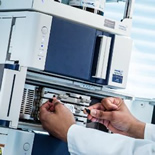
Column Selection
You need the right HPLC or GC column for your method. There are many options out there. We help you to select the right one for your application.
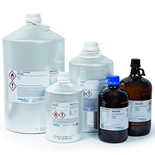
Mobile Phases and Phase Modifiers
You can choose the HPLC solvents that are best for your lab from among the hundred Avantor offers. Get the brands and products you prefer from a supplier you trust.
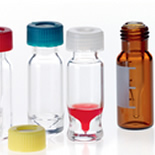
Vials
No matter what type of vials you need, Avantor can help. We have dozens of vials of different sizes, shapes, and finishes to help guarantee chemical compatibility. Look at what Avantor carries to meet your needs.

Capillary, Fittings, and Accessories
Optimize the flow path in your chromatography lab with your choice your choice of capillaries, fittings, and connectors. See what Avantor has to offer.
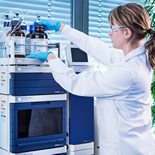
Instrumentation - (U)HPLC
Discover the ideal LC instrument for your needs. Our (U)HPLC range is engineered for simplicity and reliability.
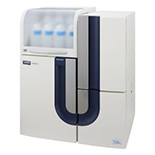
Amino Acid Analyzer
Discover the new Amino Acid Analyzer: 30% smaller, optimized on ninhydrin reaction. Ideal for Protein Hydrolysates (PH) and Physiological Fluids (PF) analysis.
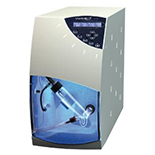
Dedicated Detectors
Improve your analysis with a wide range of LC Detectors, like the ELSDs (Evaporative Light-Scattering Detectors).
Avantor® - Experts in Chromatography
Do you need technical information or advice?
We have technical information and experts on call or to email.

What is HPLC?
High performance liquid chromatography, known as HPLC, works by using high-pressure pumps to effectively force a sample mixture containing the solvent through a column that contains a solid absorbent material.
This absorbent material interacts differently with each component in the solvent. As the solvent components flow out of the column, they flow at a unique rate.
The difference in flow rate lets each component be separated from the mixture. A detector then determines the identity and concentration of the compounds.